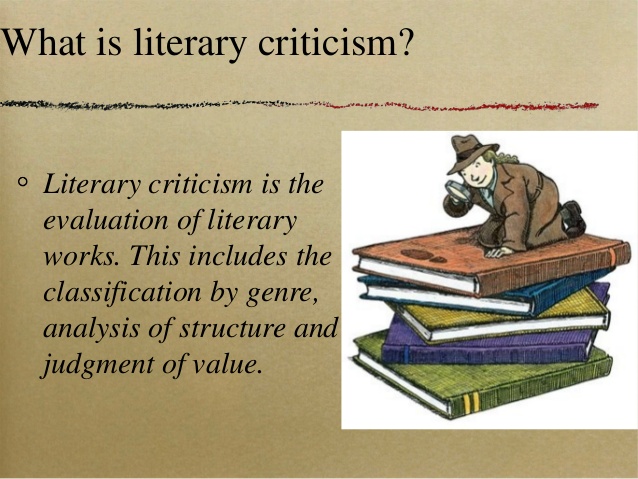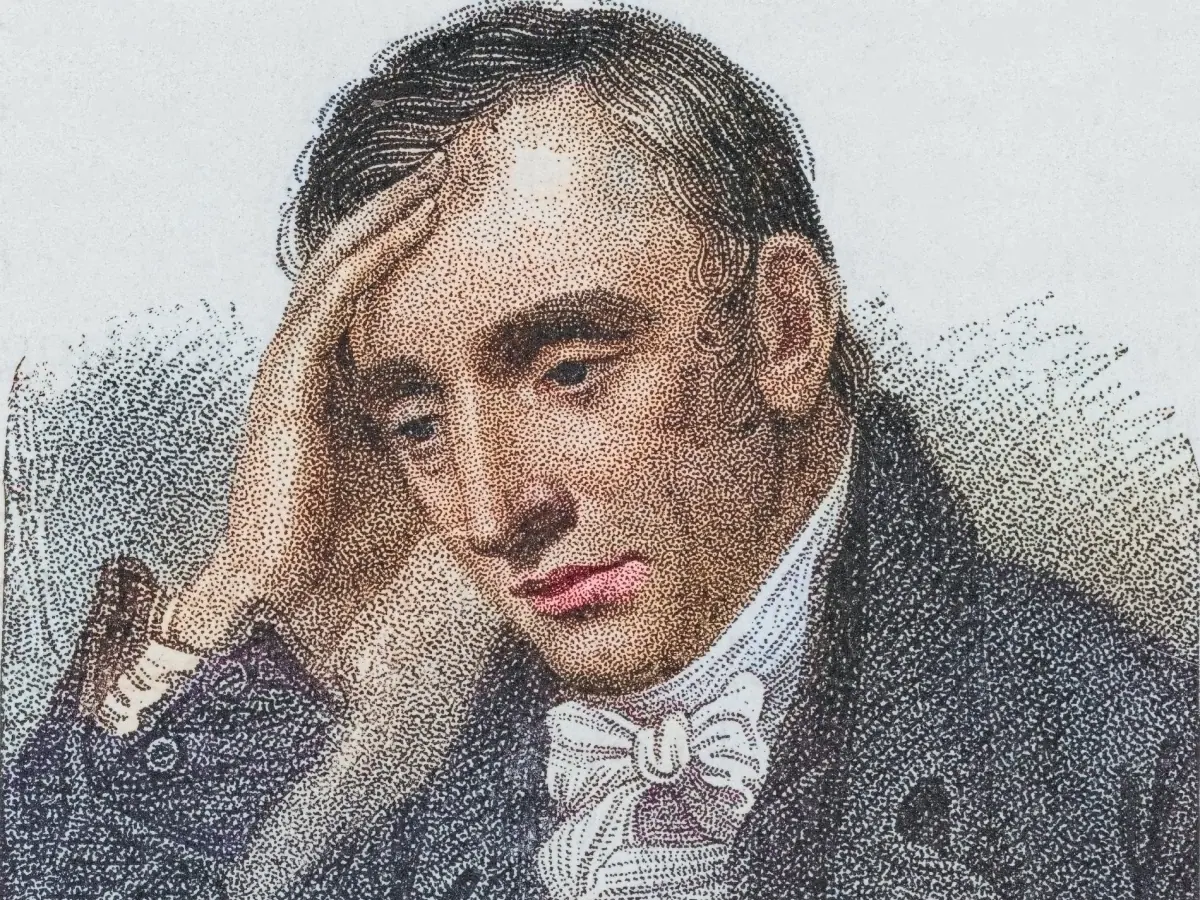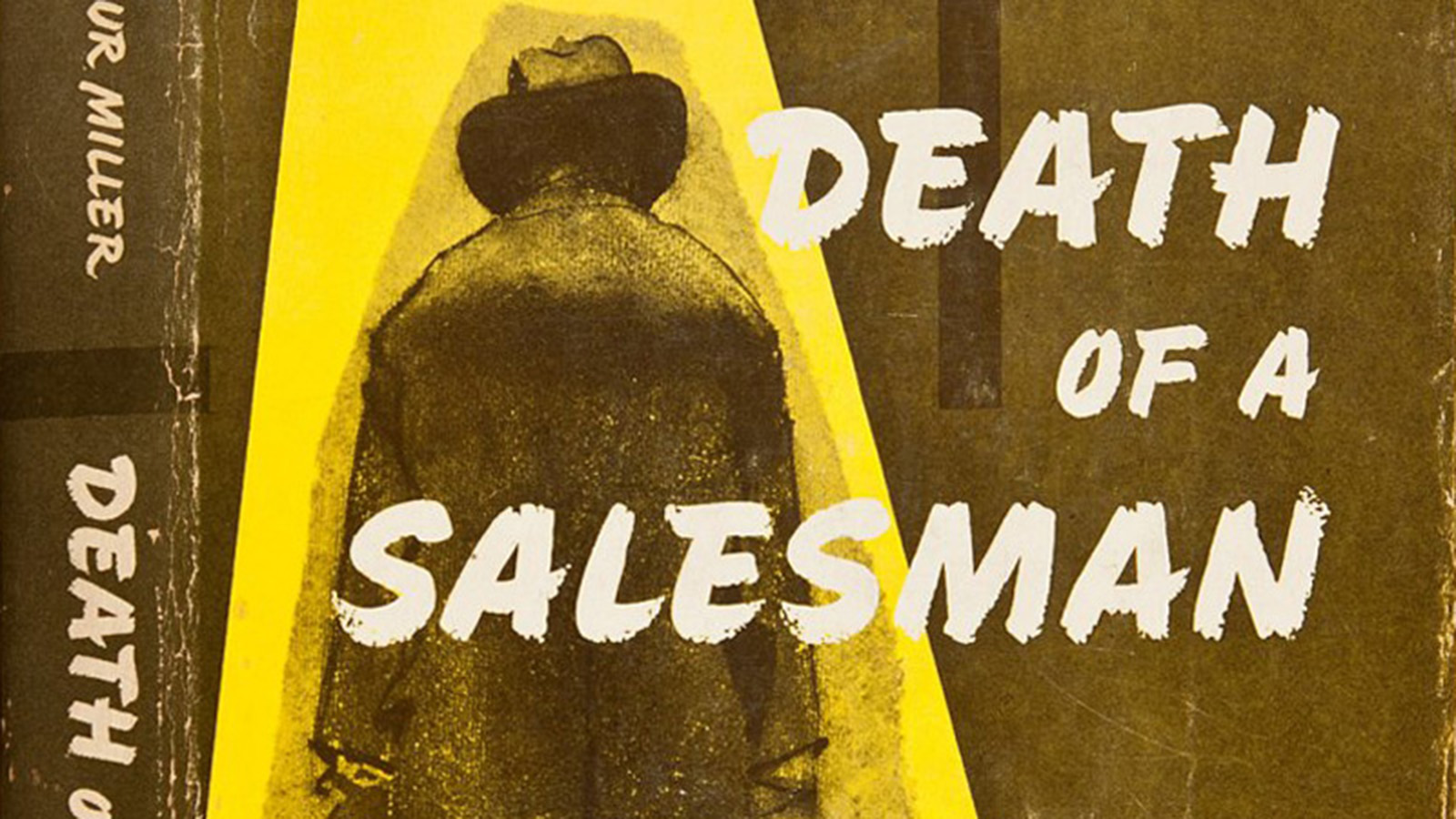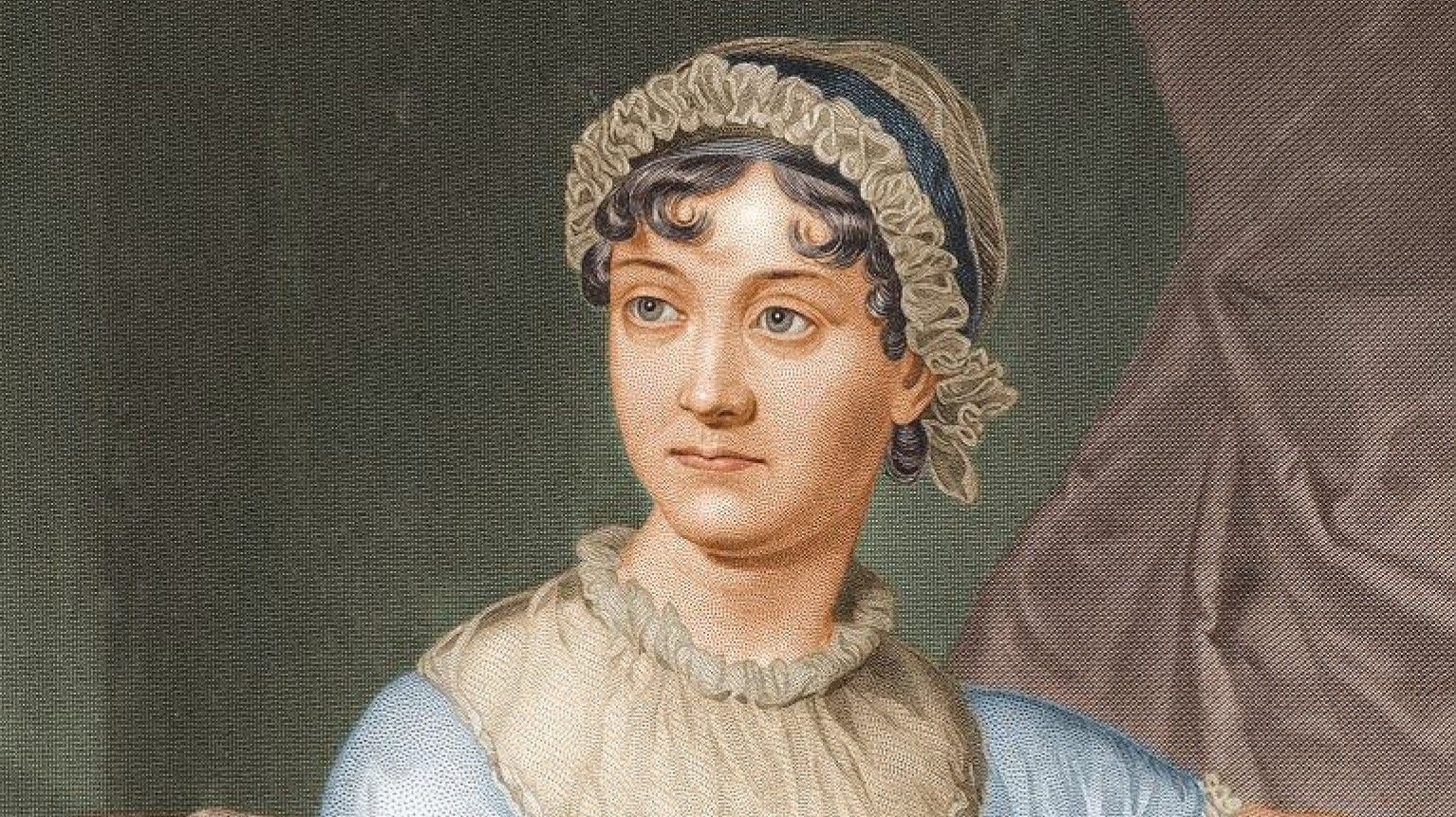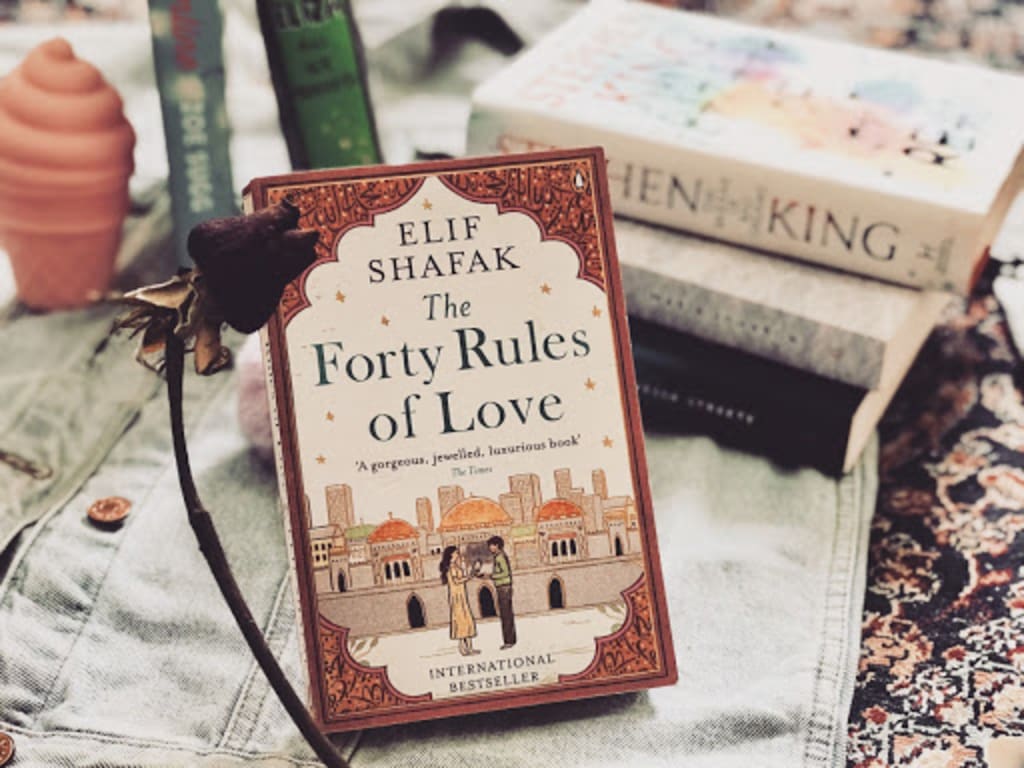Pareeshe Fatima
Criticism, the art of analyzing and evaluating literary works, plays a multifaceted role in the development and growth of literature. Its influence can be both a boon and a bane, fostering artistic evolution while simultaneously presenting potential pitfalls. A critical evaluation reveals a complex interplay between criticism’s positive and negative impacts on the literary landscape.
Positive Contributions of Criticism:
- Enhancing Understanding: Criticism provides valuable tools for dissecting literary works, unveiling their hidden layers of meaning, symbolism, and thematic depth. By offering diverse perspectives and interpretations, critics help readers engage more meaningfully with the text, enriching their understanding and appreciation of the work.
- Promoting Dialogue and Debate: Criticism sparks healthy debate and discussion, challenging readers to go beyond surface-level interpretations and engage in critical thinking. This intellectual discourse pushes the boundaries of literary analysis, fostering new insights and perspectives that contribute to the overall evolution of literary discourse.
- Nurturing New Talent: Constructive criticism can serve as a guiding force for aspiring writers. By providing feedback on strengths, weaknesses, and areas for improvement, critics help hone the craft of emerging writers, encouraging them to refine their skills and develop their unique voices.
- Setting Standards and Shaping Trends: Through the act of evaluation and selection, critics play a role in shaping the literary canon and influencing reader preferences. By highlighting works of merit and identifying innovative trends, they can elevate deserving voices and steer literary tastes in directions that push the boundaries of the genre.
- Preserving and Reassessing Legacy: Critical analysis extends the lifespan of literary works by constantly re-examining them through new lenses and historical contexts. This ongoing dialogue ensures that classics remain relevant and engages contemporary readers with the works of past masters, fostering a bridge between generations and literary eras.
Negative Implications of Criticism:
- Stifling Creativity: Overly harsh or negative criticism can discourage budding writers, hindering their creative expression and experimentation. Fear of condemnation can lead to self-censorship and conformity to established norms, stifling the emergence of new voices and innovative styles.
- Overemphasis on Form Over Content: In some instances, criticism can become fixated on technical aspects like structure and style, neglecting the deeper themes and emotional impact of the work. This can lead to a sterile and pedantic approach to literature, alienating readers and overlooking the heart of the artistic expression.
- Subjectivity and Bias: Critical interpretations are inherently subjective, shaped by the critic’s own experiences, biases, and theoretical frameworks. This can lead to conflicting interpretations and potentially marginalize voices or perspectives that do not align with the dominant critical discourse.
- Trend-Chasing and Conformity: The pressure to conform to established critical trends can stifle individuality and originality in both writing and criticism itself. This can lead to a homogenization of literary styles and a reluctance to explore new and unconventional approaches.
- Obscuring the Joy of Reading: Excessive focus on analysis and deconstruction can overshadow the inherent pleasure of simply enjoying a good story. Overly academic and theoretical criticism can alienate casual readers and create an intimidating barrier to entry for those who simply want to be swept away by the narrative.
The role of criticism in the development and growth of literature is a complex and nuanced one. While its positive contributions in fostering understanding, dialogue, and artistic growth are undeniable, its potential pitfalls in stifling creativity, introducing bias, and diminishing the joy of reading cannot be ignored. Striking a balance between constructive analysis and unfettered artistic expression is key to ensuring that criticism remains a valuable tool for enriching the literary landscape without hampering its dynamism and inherent power to move and inspire.
This critical evaluation emphasizes both the positive and negative aspects of criticism’s influence on literature, providing a balanced and comprehensive analysis. Remember to maintain objectivity and avoid expressing personal opinions or biases in your evaluation.
Please, subscribe to the YouTube channel of republicpolicy.com



































